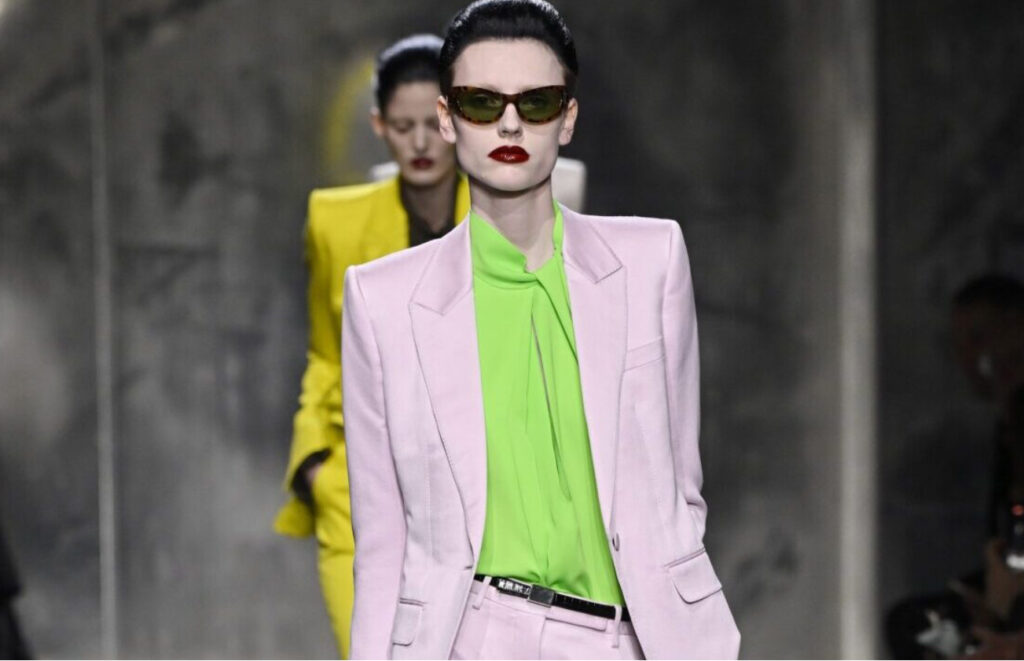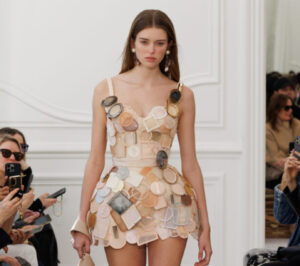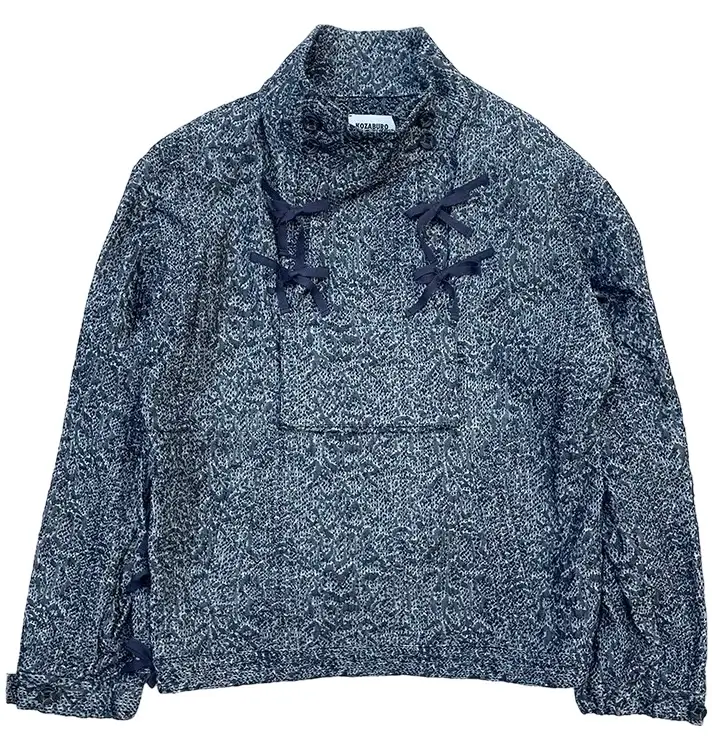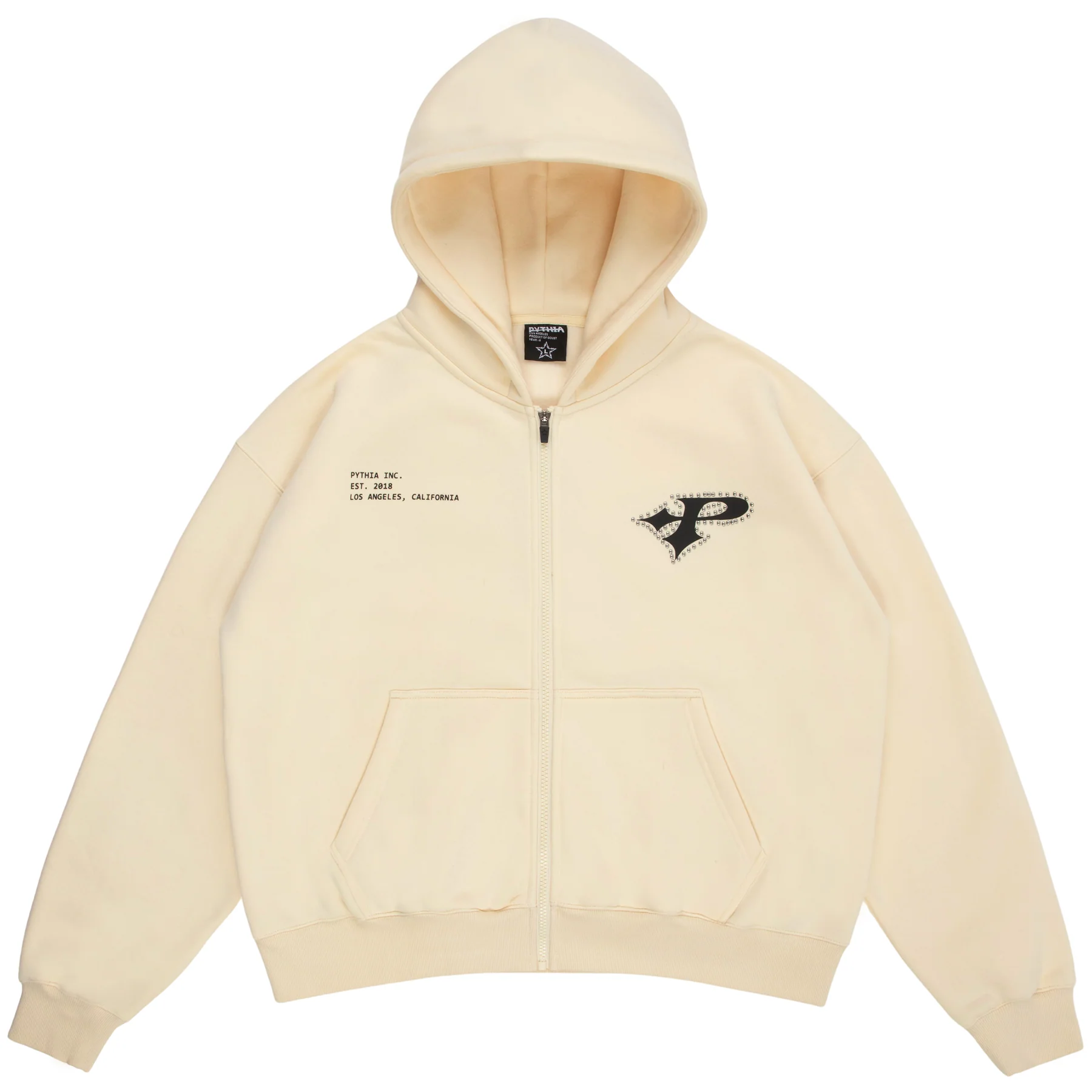After seasons of creative uncertainty, Paris Fashion Week roared back to relevance in spectacular fashion this year, thanks in large part to three highly anticipated creative director debuts. The runway felt alive again—not just with extravagant silhouettes and precise tailoring, but with something even more vital: new vision.
Sarah Burton made her first statement at Givenchy, Haider Ackermann infused Tom Ford with dangerous elegance, and Julian Klausner turned Dries Van Noten into an operatic dream.
In a season that could have continued the cautious recalibrations of recent years, these designers chose instead to speak boldly. Their collections weren’t just beautiful—they were declarations. And together, they mark a pivotal moment in Paris: a city and an industry reclaiming its confidence.
The Return of Grace and Precision: Sarah Burton’s Givenchy Debut
Sarah Burton, formerly of Alexander McQueen, arrived at Givenchy under a microscope. With the fashion world still reverberating from Clare Waight Keller’s minimalist legacy and Matthew Williams’ streetwear-infused stint, expectations for a new creative direction were high—and Burton delivered.
Her debut was not just a successful collection; it was a case study in how to enter a legacy house with humility and strength. She went back to the source—literally. In the archives, Burton unearthed sketches and textile patterns from Hubert de Givenchy’s 1952 collection and translated those ideas into garments that felt distinctly modern yet spiritually aligned with the house’s founding codes.
Structure and Soul
The collection’s silhouettes were clean and sculptural, recalling Givenchy’s golden-age couture but without the weight of nostalgia. A standout was a sharply tailored coat in ivory wool, its lines echoing the 1950s, yet its shoulders slightly deconstructed, signaling Burton’s own hands at work. Deconstructed shirting added a sensual vulnerability to an otherwise poised wardrobe.
Jewelry garments—satin dresses with architectural crystal harnesses, and suits with built-in embellishments—felt like nods to both high glamour and emotional armor. Black and cream dominated the palette, punctuated by pastel chartreuse and rose that lent a subtle softness. If there was any flamboyance, it was carefully rationed.
The audience, including Anna Wintour and designers like Pierpaolo Piccioli, rose to their feet in a rare standing ovation. Burton had done the impossible: she honored the past while making a definitive claim to the future.
Danger and Desire: Haider Ackermann’s Seductive Tom Ford Revival
Haider Ackermann’s appointment to Tom Ford was one of the most intriguing casting decisions in recent memory. Known for his poetic drapery and androgynous silhouettes, Ackermann might seem at odds with Ford’s unmistakable brand of cinematic sex appeal. And yet, from the moment the show opened with a model in a molten leather trench coat cut to the navel, it was clear: this was no compromise. This was alchemy.
Clean Fire
Ackermann did what all great designers do—he stripped the brand back to its essence. Gone were the gimmicks of recent years. In their place: razor-sharp tailoring, form-fitting knits, luxe leather, and velvet so dense it looked like ink under the lights. The palette stayed in Ford’s preferred territory—onyx, oxblood, and sand—while gold buttons and lacquered boots provided just the right hit of excess.
The sexiness was palpable but controlled. Nothing screamed; everything smoldered. Instead of relying on overt sensuality, Ackermann let his precision speak. Bias-cut slips hugged the body like a whisper. Motorcycle jackets didn’t snarl—they purred.
His most brilliant moment? A hooded floor-length dress in dark bronze lamé, suggestive of Old Hollywood glamour but entirely futuristic in its simplicity. It said everything about the new Tom Ford: still seductive, but stripped of spectacle, demanding your attention rather than begging for it.
Grand Drama and Intimacy: Julian Klausner’s Night at the Opera for Dries Van Noten
If Burton’s collection was structured and Ackermann’s was sensual, Julian Klausner’s debut at Dries Van Noten was pure emotional theater. Presented in the hallowed halls of Opéra Garnier, the show opened with live opera singers flanking the grand staircase, setting a dramatic tone that carried through every look.
Lush Layering and Emotion
Klausner, a longtime design assistant at the house, stayed true to Dries’ ethos—maximalist layering, lavish textures, abstract prints—but injected a sense of storyline and narrative arc that deepened the experience. Each look felt like a character in a sweeping visual symphony.
The opening ensemble was a brocade coat with embroidered velvet lapels, paired with wide-leg silk trousers and a sheer tulle blouse underneath—a composition of contrasts that spoke of elegance undone. Later, a series of looks in moody burgundies and midnight blues appeared, often topped with voluminous opera capes or trailing scarves that recalled phantom lovers in a dream sequence.
A particular standout was a structured wool suit with mismatched pant legs—one in jacquard, the other in crushed satin—symbolizing tension and harmony. The show closed with a cascade of chiffon evening dresses, embellished with constellation embroidery, shimmering like stars above a stage.
Klausner’s sensitivity to detail and his refusal to dilute the house’s DNA earned him immediate credibility. This wasn’t a debut fueled by novelty; it was an extension of a love letter—half whisper, half crescendo.
Why These Debuts Mattered
Fashion loves a fresh start. But Paris, this season, didn’t just get new names—it got new directions. Each debut revealed a different answer to the question: What does it mean to inherit a legacy?
Sarah Burton answered by showing respect and restraint—digging deep into the roots of Givenchy and growing something new without tearing the tree down. Her work reminded us that legacy doesn’t need reinvention; it needs reawakening.
Haider Ackermann answered by excavating essence. He didn’t dress Tom Ford’s ghosts in new clothes—he let them speak through his own language, polished and poised, with a whisper of danger that felt more seductive than any overt gesture.
Julian Klausner answered by inviting us into a world. More than fashion, his collection was about mood, romance, time, and transformation. He took Van Noten’s vocabulary and wrote a new opera with it, note for note.
In a time when fashion is often accused of favoring virality over craft, these three collections insisted on something more enduring: vision. They were neither gimmicky nor overly reverential. They told stories through garments—stories of history, power, vulnerability, and aspiration.
The Pulse of Paris Returns
For too long, Paris Fashion Week had felt like it was in limbo—caught between caution and creative fatigue. The departure of big names, the instability of leadership, and the weight of legacy seemed to paralyze even the most seasoned houses. But this season was different. It pulsed with intention.
Burton, Ackermann, and Klausner each proved that innovation doesn’t mean discarding what came before. It means listening to it, responding, and then speaking with your own voice. Paris Fashion Week is listening again—and we’re all better for it.
No comments yet.









